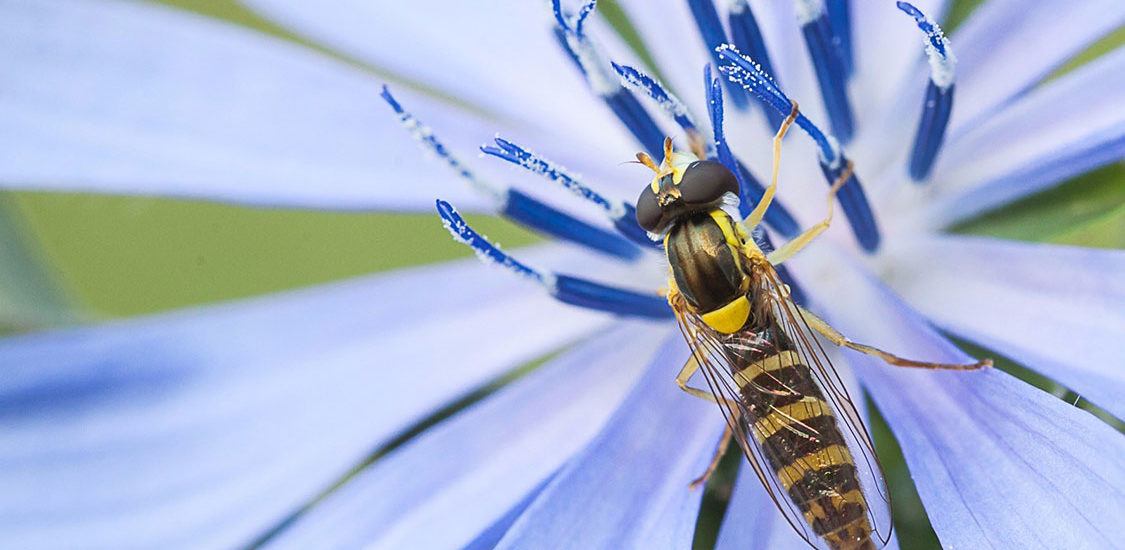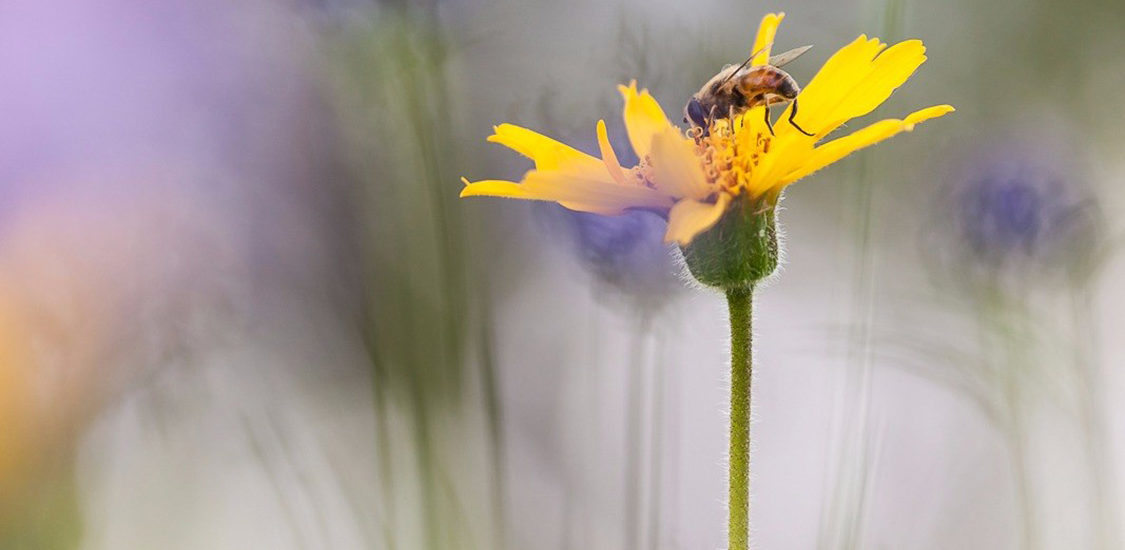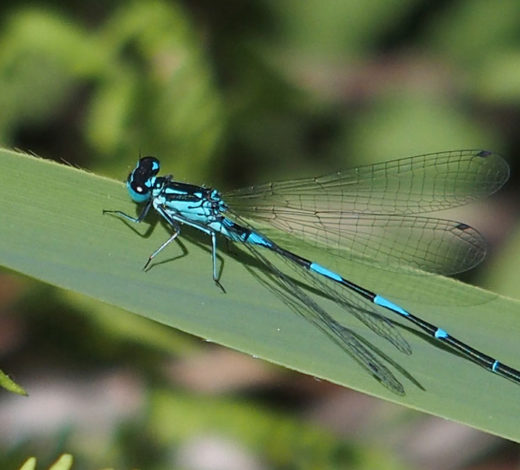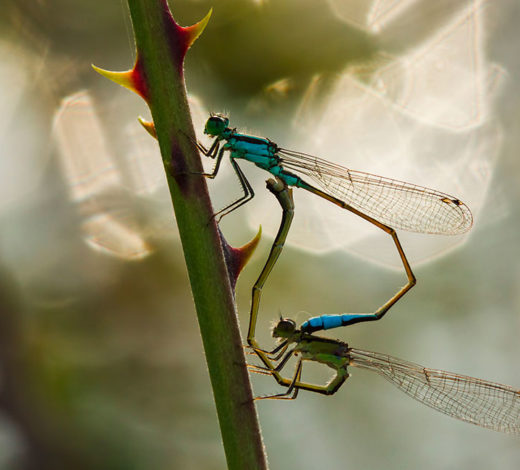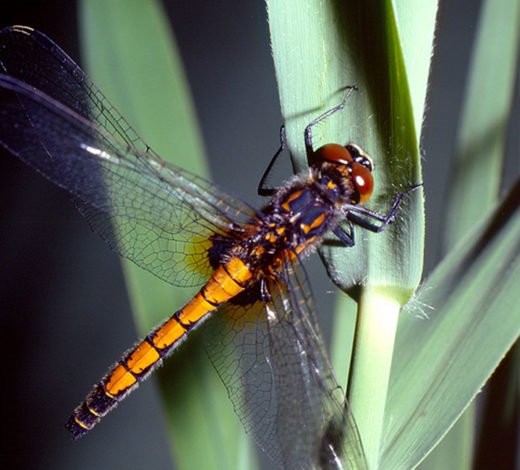Hoverflies
(Syrphidae)
They are a vast, diverse family of insects in the order Diptera including more than 6000 species. Their most striking characteristic is their similarity to bees or wasps, with yellow and black or white and black colouring, but they are actually flies that camouflage themselves as potentially dangerous insects to avoid predators. They can be seen in spring and summer in areas rich with trees, bushes, and flowers. They are noted because they often remaining still when flying and then making quick jerks in different directions. There are numerous species of these flies in the peat bogs, also because many of them have aquatic larvae. The aquatic larvae are known as ‘rat-tailed maggots’ due to the development of the breathing siphon at their rear. Adult hoverflies play an important role as pollinators, while their non-aquatic larvae are very active predators of plant-eating insects, aphids in particular, which means they are one of the most important secondary insects for crops.
